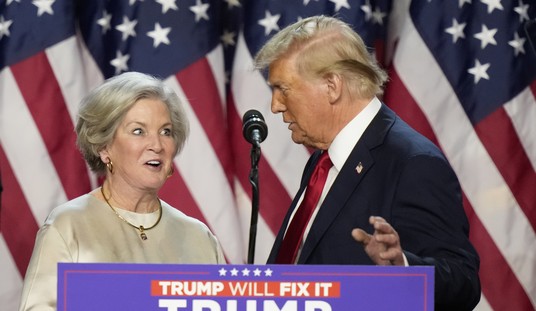The University of Washington's School of Medicine is allegedly storing aborted human fetuses in rows of labeled boxes and paper bags in a walk-in freezer.
The Progressive Anti-Abortion Uprising and members of numerous other anti-abortion groups discovered the freezer at the school's Birth Defects Research Laboratory. They had found the freezer by following a paper trail of invoices that recorded the purchases of several different fetal body parts by universities and research labs across the U.S.
PAAU, which claimed the university possessed the "largest and most active fetal organ bank in the nation," shared Images of the inside of the freezer on Twitter.
most active fetal organ bank in the nation located at the University of Washington in Seattle.
— PAAU (@PAAUNOW) March 24, 2022
This photograph of the freezer, taken on March 9th, shows the rows of bodies and parts labeled and kept in bags.
Just an hour before this photo was taken, these same activists pic.twitter.com/JEV9Ohm0u5
The activists who uncovered the freezer discovered its contents after they reviewed a 2013 invoice from the University of Indiana that was obtained through a public records request. The invoice revealed that the University of Indiana paid the University of Washington $400 for two brain specimens in the spring of 2013.
The university's well-documented history of maintaining the largest fetal organ tissue bank in the country was mentioned in a 2017 Congressional report into human fetal tissue sales between abortion clinics and stem cell research labs, a probe that stems from a series of undercover videos published in 2015 showing Planned Parenthood employees having conversations about the sale of fetal tissue.
Recommended
The Congressional report highlighted the university's failure to provide all relevant documentation on its fetal tissue bank, including information about the transportation of fetal tissue and organs to other research labs at different universities. The University of Washington claimed to have charged a flat fee of $200.
From 2010 to 2015, the university obtained human fetal body parts from 15 different abortion facilities across the U.S. During this period, the university provided fetal tissue and organs to 40 different universities and research labs, and the research conducted using the fetal organs and tissue was often done thanks to federal grant money.


